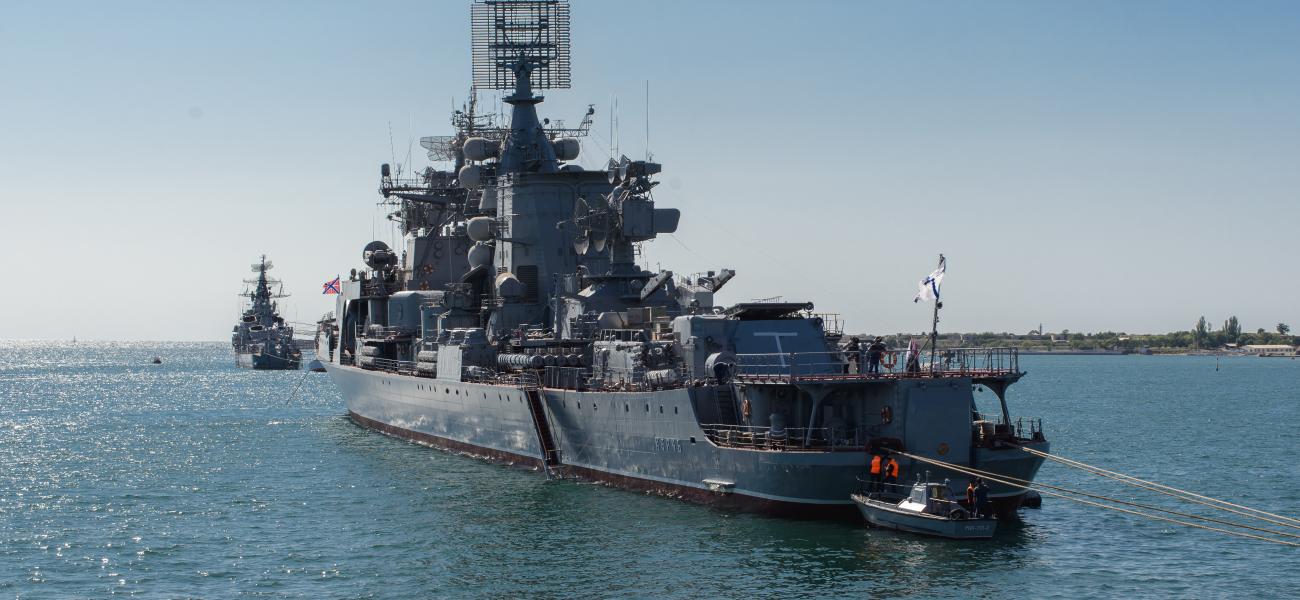
Russia’s New and Unrealistic Naval Doctrine
This article originally appeared on the War on the Rocks blog.
The Russian Navy is keen on showy demonstrations of strength. Just in the last week, it has begun an exercise with the Chinese navy in the Baltic Sea and sent its largest warship, the Peter the Great nuclear cruiser, and the world’s largest submarine, the Dmitry Donskoi, from the Northern Fleet to the Baltic to participate in the Navy Day parade on July 30. In another act primarily significant for its symbolism, Vladimir Putin approved a new Russian naval doctrine last week. Taken at face value, the doctrine appears to promote a vision of a revived Russian Navy that can maintain its superiority over up and comers like China’s navy, and even pose a serious threat to the U.S. Navy in certain environments. The reality is, as with most such documents, the gap between aspiration and feasible plans remains quite large. Since no English translation of the document is currently available, it may be useful to briefly summarize some key portions of the 22-page text, put the doctrine’s aims into context, and show where the gaps between dream and reality can be found.
What Does It Say?
The doctrine highlights many of the usual threats and dangers to Russia. First on the list of dangers is the “ambition of a range of states, and foremost the United States of America and its allies, to dominate the high seas, including in the Arctic, and to press for overwhelming superiority of their naval forces.” Other threats include territorial claims on maritime and coastal zones, efforts to limit Russian access to maritime resources, and attempts to weaken Russian control over the Northern Sea Route. Only three potential specific threats to Russia are listed in the document. The first is a sudden decline in the political-military situation leading to the use of military force in maritime areas holding strategic interest for Russia. The second is the deployment of strategic non-nuclear precision weapons and ballistic missile defenses in territories and maritime zones adjacent to Russia. And the third is the use of military force by other states in ways that threaten Russian national interests. In addition to the Arctic, the doctrine highlights the importance of protecting access to energy resources in the Middle East and Caspian Sea, and expresses concern about the negative impact of regional conflicts in the Middle East, South Asia, and Africa on international security. It also notes the danger posed by the growth of piracy in the Gulf of Guinea and in the Indian and Pacific Oceans. The strengthening of the Black Sea Fleet and Russian forces in Crimea, as well as the maintenance of a constant naval presence in the Mediterranean, are singled out as the most critical geographic priorities for the Russian Navy’s future development.
Continue reading at War on the Rocks.
Dmitry Gorenburg
Dmitry Gorenburg is a senior research scientist in the Strategic Studies division of CNA.
Photo credit: Wikicommons photo by Nick Savchenko shared as under a CC BY-SA 2.0 license.
